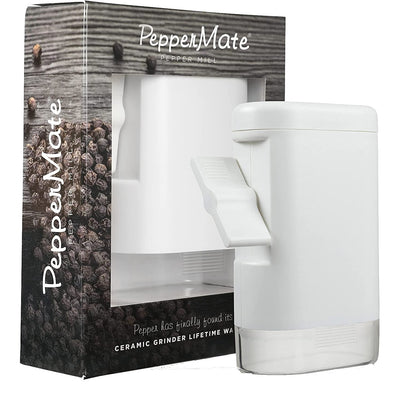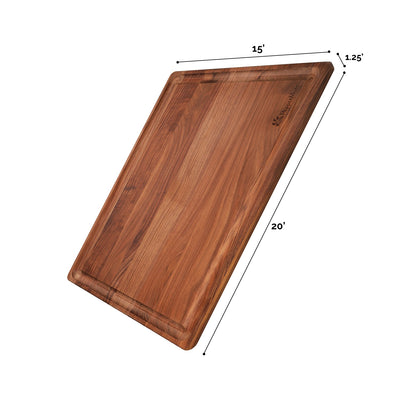Creole and Cajun: One in the (Not-So) Same

There are many things in life that seem nearly identical. Light blue and sky-blue paint colors. Branded salt and un-branded salt. Justin Timberlake’s hair in the ‘90s and packaged Ramen. The same can be said about Creole and Cajun cooking...right? Not at all. Though they have some overlap, Cajun and Creole cooking could not be more different. Think of them more as very distant cousins instead of close siblings.
Meet the Family
You know what they say: If you want to know someone better, get to know their family. To understand the difference between Cajun and Creole cooking, we must take a peek at their unique backgrounds.
With access to time and resources, Creole individuals were able to create dishes abundant in spices, herbs, and other local ingredients easily within reach. Since Creole food originated in the metropolitan area of New Orleans, it is known as “city food.”
Cajun food, on the other hand, originated in the Louisiana swamp country by a group called the Acadians. These resourceful individuals sustained themselves by living off the land of the country. This earned Cajun cuisine the title of “country food.”
Getting into the Shrimp and Grits of it All
With two totally different cultures, it’s easy to see how Cajun and Creole cooking methods will also differ.
More cosmopolitan thanks to the abundant city resources, Creole food features rich sauces, local herbs, canned tomatoes, and locally caught seafood to create Roux-based gumbo, shrimp creole [Link to RSB recipe card], grits and grillades, and redfish courtbouillon.
Cajun food is robust and rustic, created by resources used right from the countryside’s land to create a unique, local cuisine that features meat-heavy, one-pot dishes like jambalaya and boudin, a rice-filled, spicy pork sausage.
Though different in origin, flavor, and dishes, there is one thing that Creole and Cajun cuisines have in common: They are both mighty tasty.
Learn something new? Share your favorite meals from around the world and how you make them your own with us on Instagram, and follow along for tasty tips and tricks.




















Leave a comment